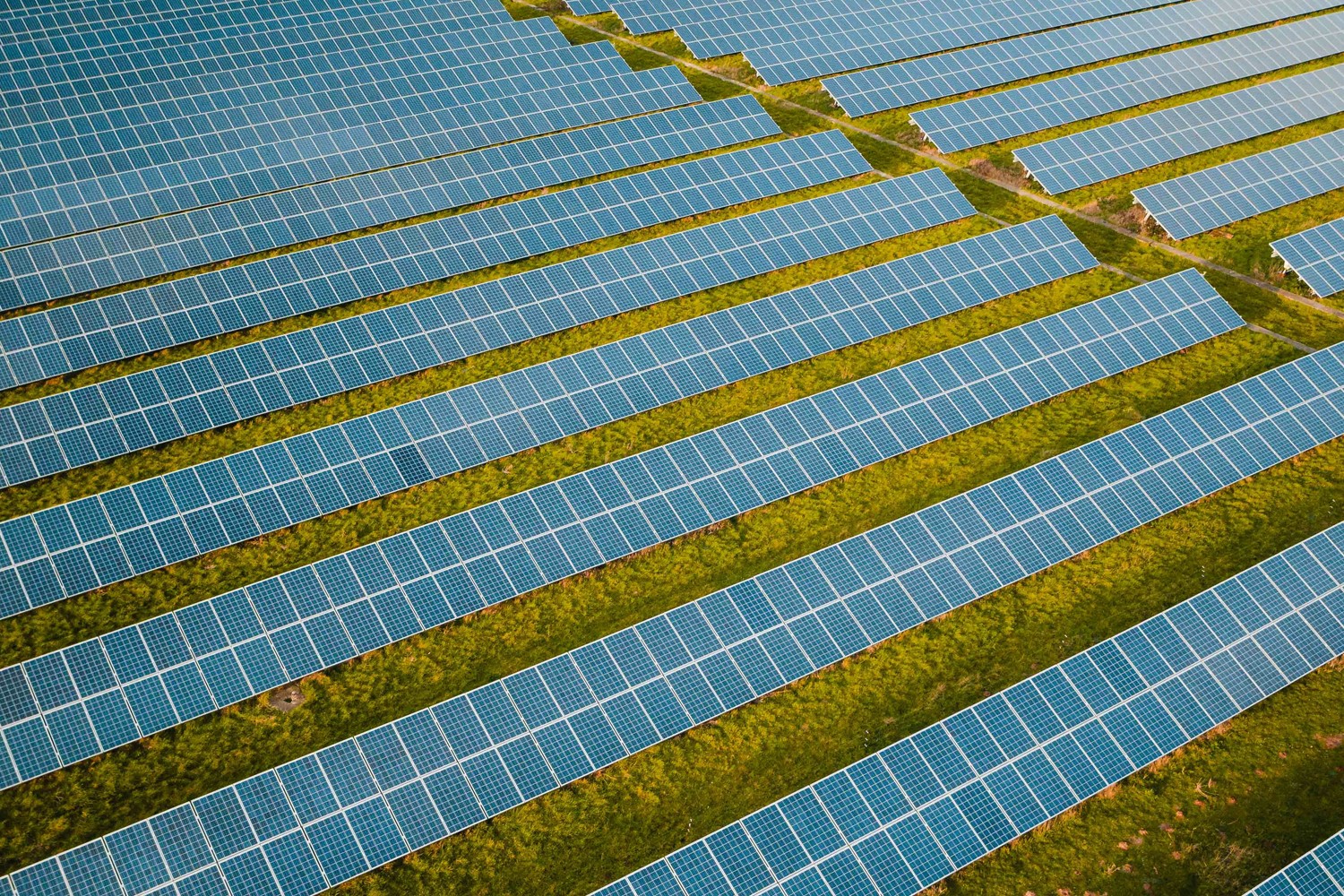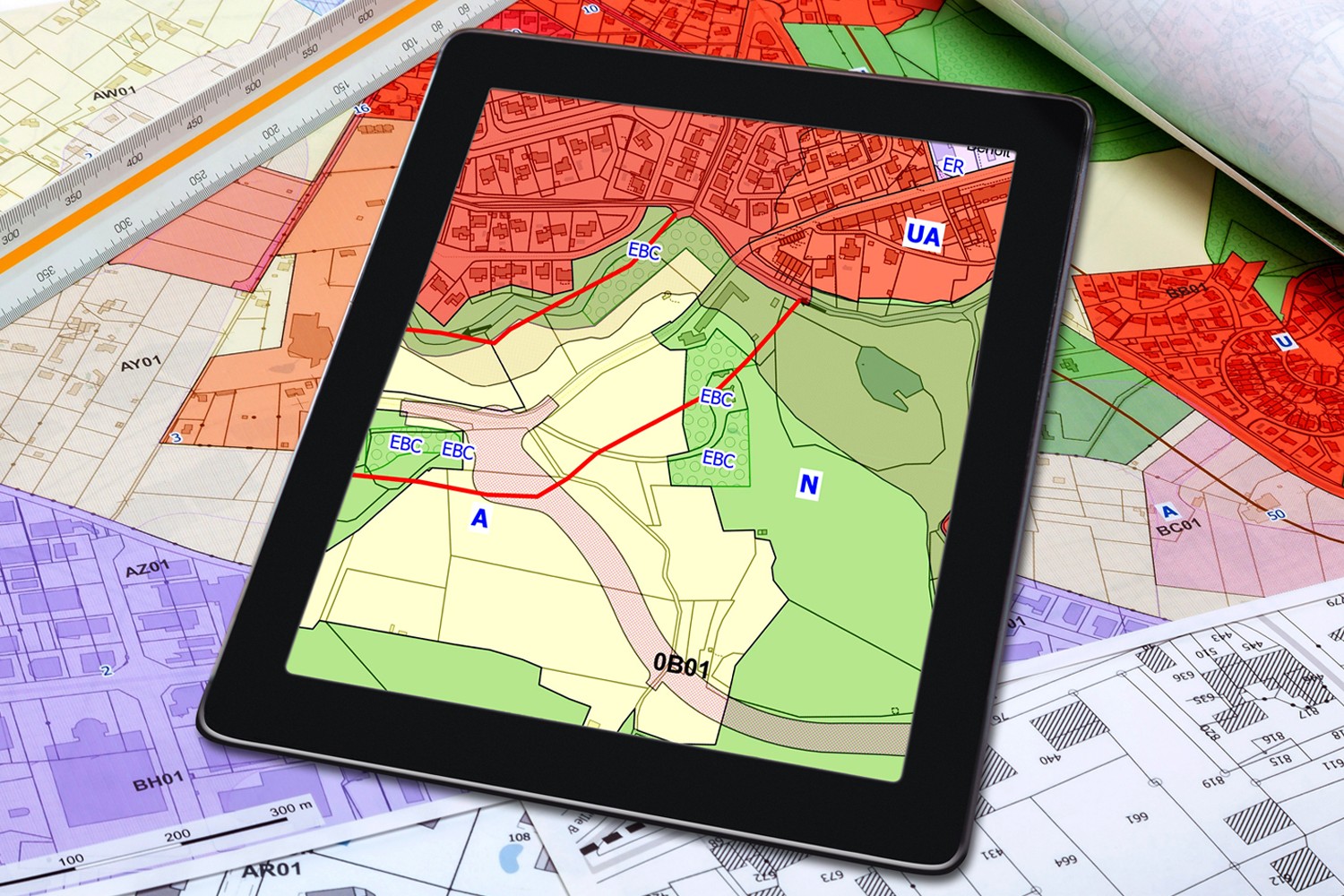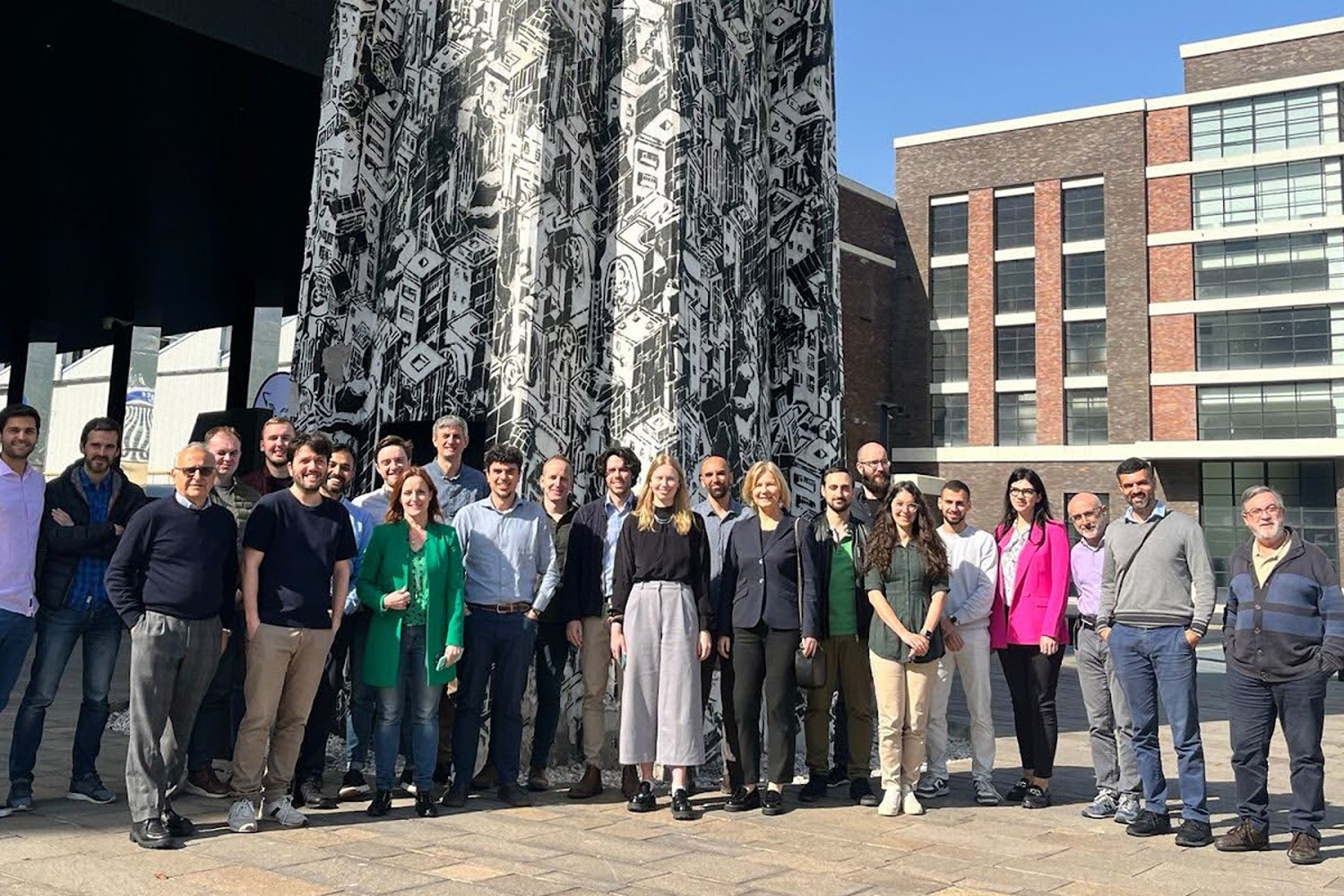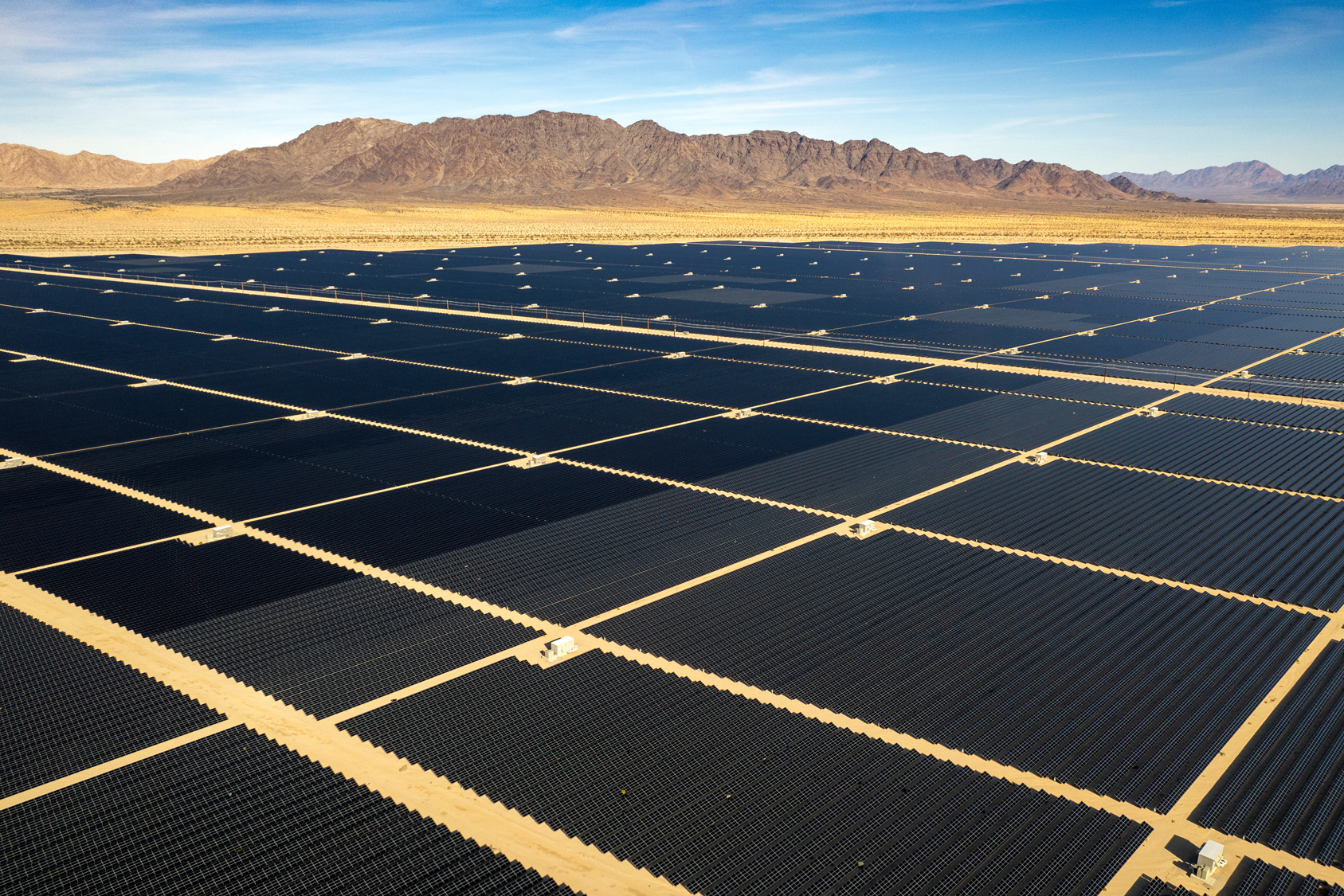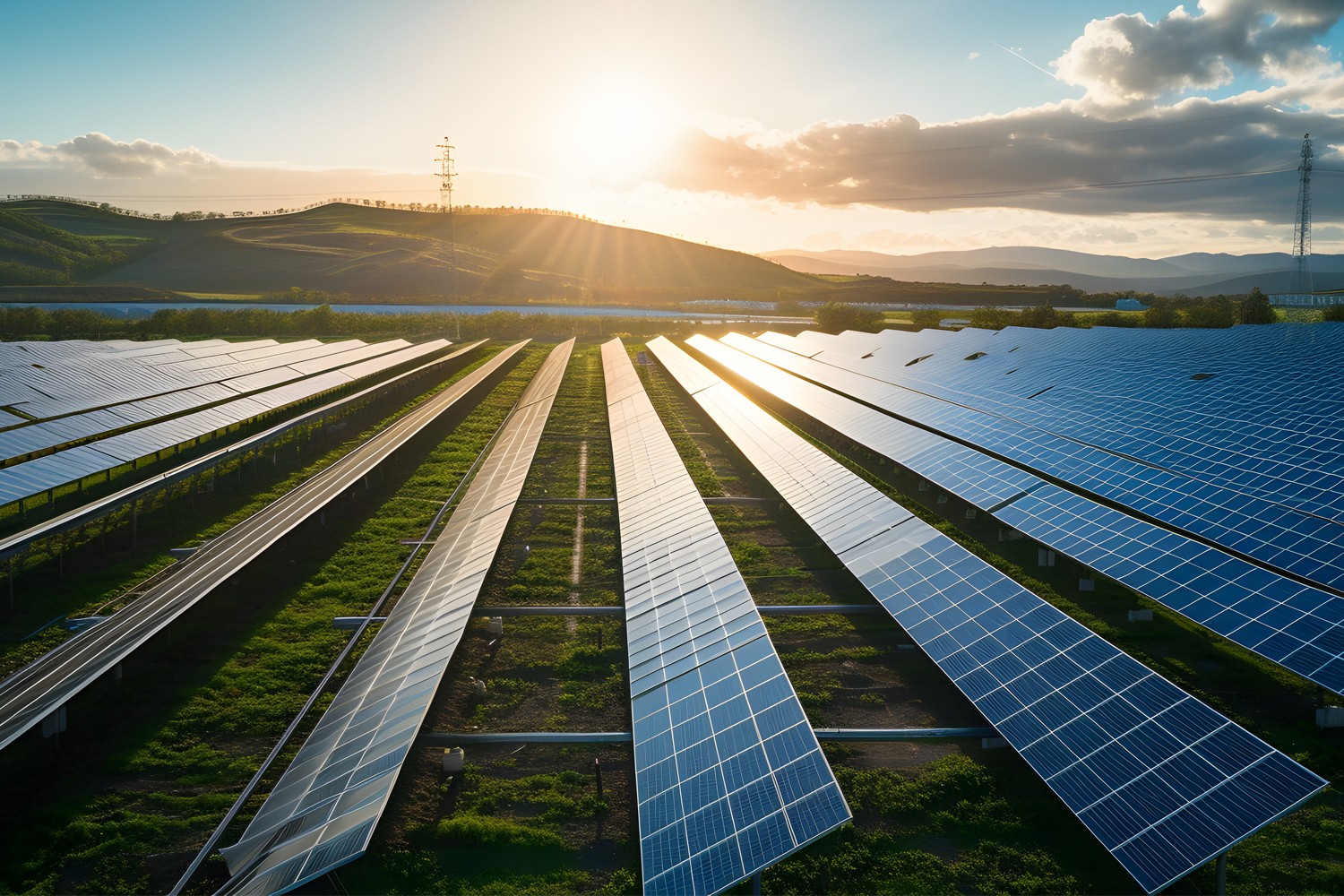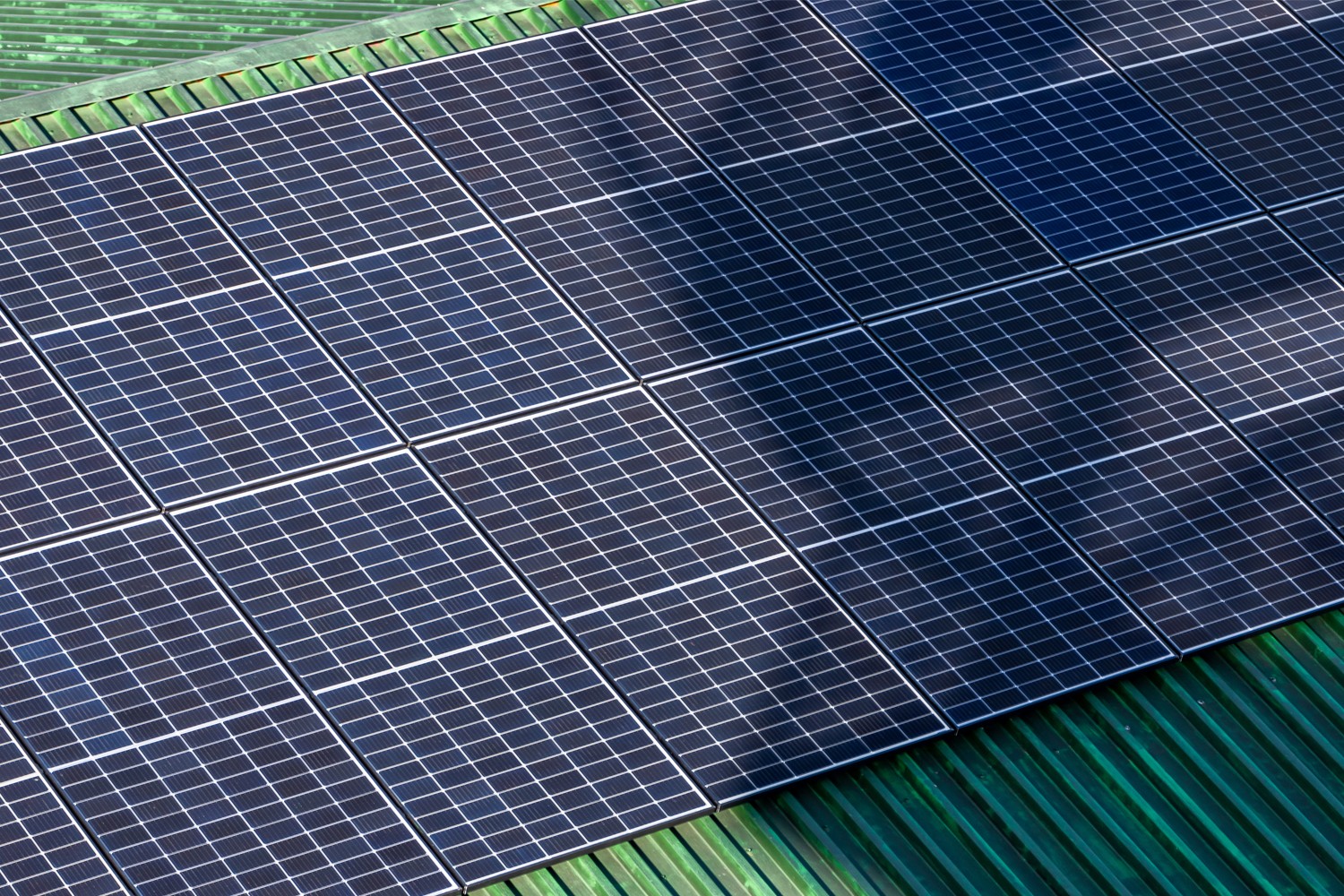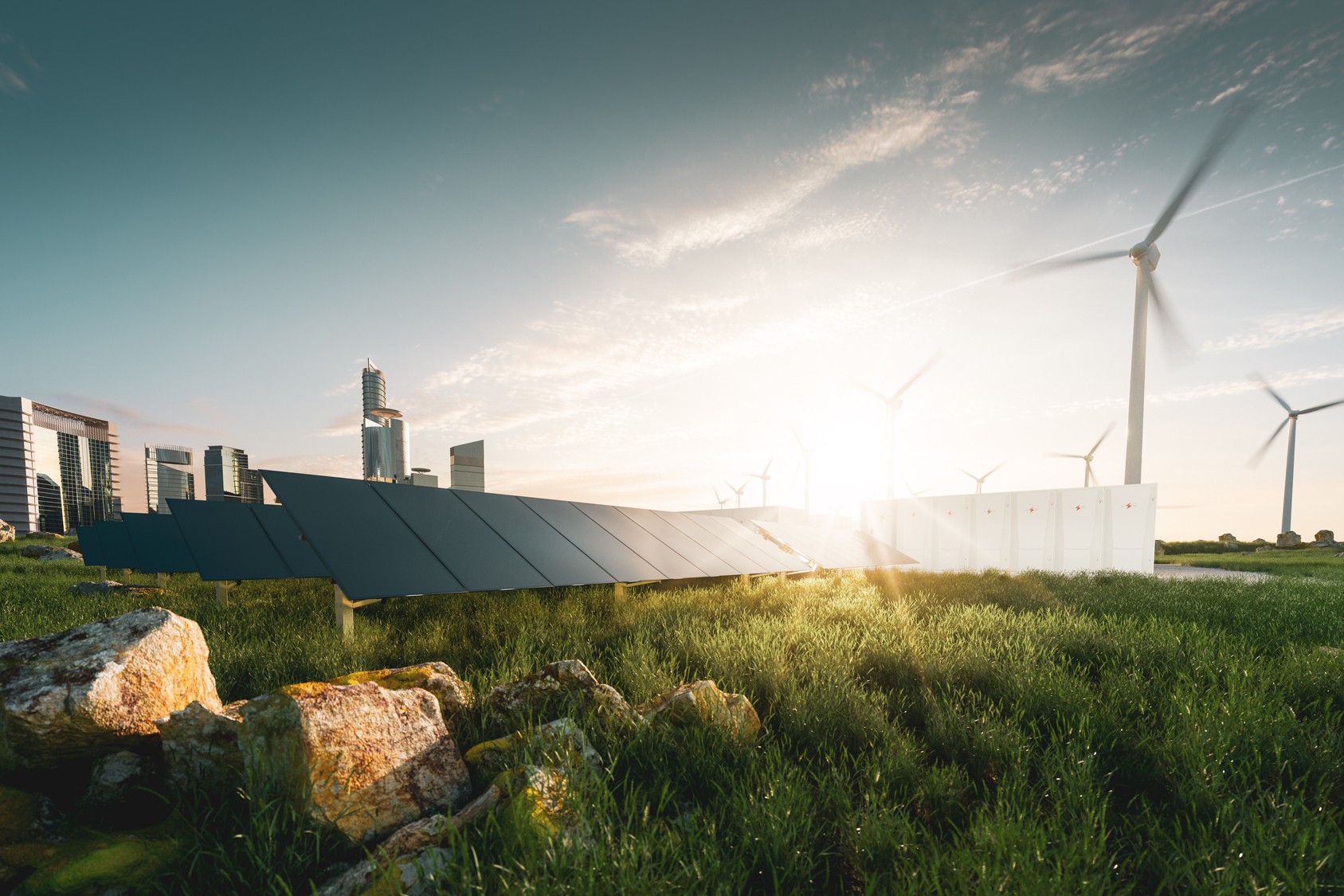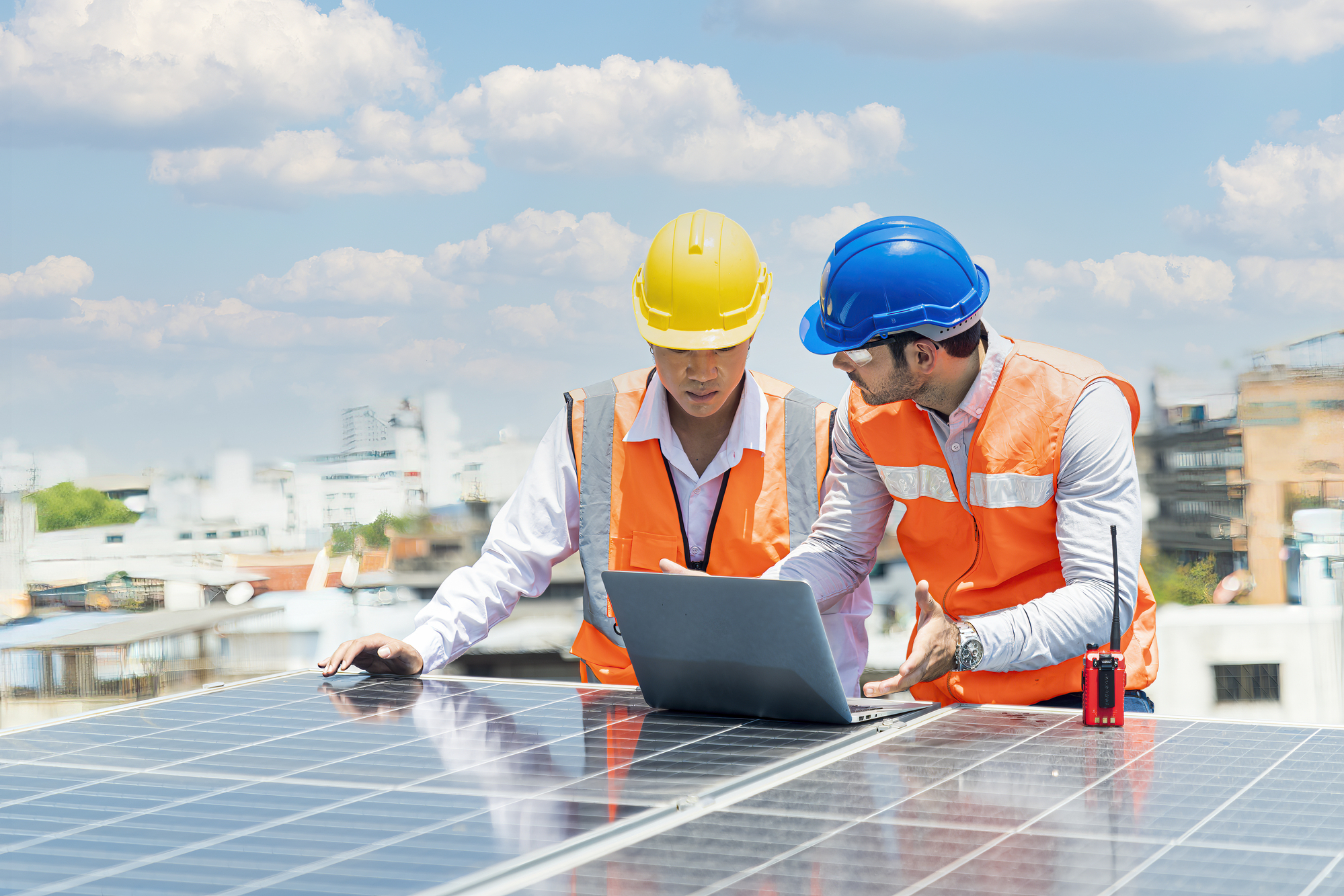Technological advancements have greatly transformed how we interact with one another and the planet – and this also applies to where and how we live. One such example is the sustainable city, which seeks to address various environmental problems including pollution, climate change, and resource depletion.
These cities prioritize sustainable urban planning and infrastructure, incorporating renewable energy, efficient transportation, waste management, and green spaces. They aim to balance development with environmental preservation and reduce carbon emissions while addressing global challenges like pollution and climate change. The goal of many sustainable cities is to improve the quality of life for residents and set the stage for a resilient, environmentally aware future.
This is especially important among younger voters who are increasingly concerned about environmental and climate issues. According to a 2023 report by NPR, these voters prioritize ecological issues more than ever, influencing political agendas and policies. Fortunately, many strategies can help, so continue reading to learn what the future holds for green living.
Vehicle charging stations
From Teslas to Nissan Leafs, the popularity of electical vehicles (EVs) s is growing. According to an International Energy Agency report, EV sales rose from 4 percent to 14 percent between 2020 and 2022. Since these vehicles have zero tailpipe emissions, reduced greenhouse gas emissions and they promote a decreased reliance on fossil fuels, it’s easy to see why.
Building more EV charging stations in cities carries long-term environmental benefits such as:
- Charging stations in cities allow EV owners to charge their vehicles, encouraging the shift from gasoline-powered cars.
- With more charging stations, cities face increased electricity demand. Using solar and wind power can meet this demand, reducing carbon emissions.
- As EVs become more common, cities can enjoy better air quality. Because EVs produce zero emissions, they’re ideal for urban areas battling air pollution.
Moreover, increasing charging stations can help reduce ‘range anxiety‘—a common concern for EV buyers worried about running out of battery before reaching their destination. This fear can often discourage people from getting an EV. The expansion of charging stations eliminates this concern.
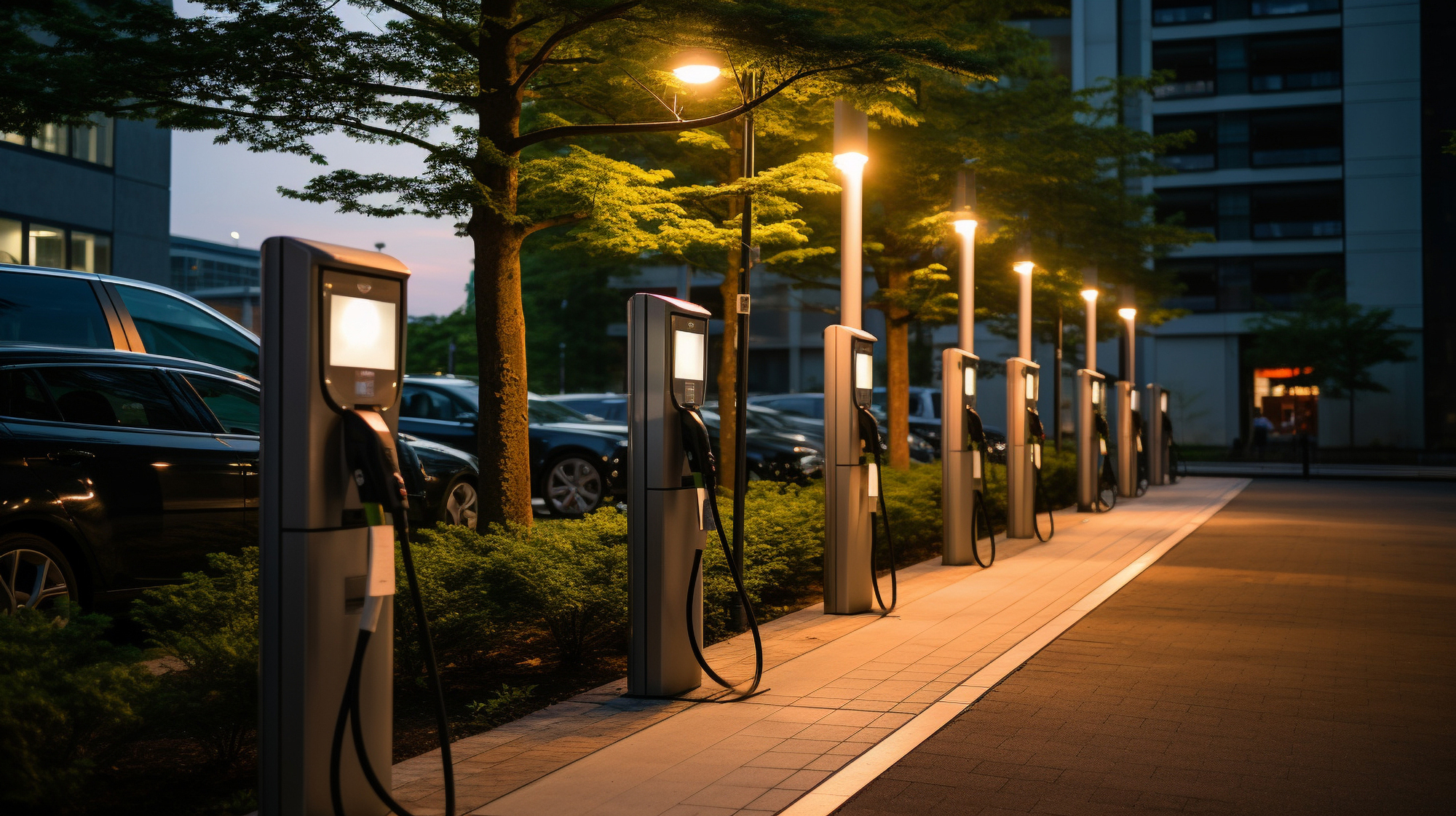
Walk and bike-friendly infrastructure
Because transportation is responsible for significant global CO2 emissions, encouraging walking and cycling is another strategy for promoting sustainability. Some examples of walk and bike-friendly infrastructure features include:
- Pedestrian bridges that allow people to cross busy roads or highways safely.
- Dedicated bike paths provide cyclists a safer alternative to cycling in traffic.
- Bike-sharing programs that help folks to rent bikes and make cycling more accessible and convenient.
With these infrastructure features, cities create a walking and cycling culture, promoting a healthier lifestyle for residents while reducing their environmental impact.
Public transportation
Greater use of public transportation can significantly lower the number of private cars on the road and reduce overall emissions. Cities across the globe are adopting sustainable public transport options such as:
- Electric buses and trains: many cities worldwide have started implementing them into their public transportation systems. For instance, Shenzhen, China, has replaced its entire bus fleet with electric buses, making it the first city in the world to fully electrify its public transportation.
- Bus rapid transit systems: these high-quality, high-capacity systems can carry many passengers efficiently and quickly across cities. Bogota, Colombia has successfully adopted this system with the TransMilenio BRT.
- Alternative fuel vehicles: some cities turn to vehicles with natural gas or hydrogen as fuel for their public transportation fleets. For example, in California, the Orange County Transportation Authority has a bus fleet that runs on hydrogen fuel cells.
These forms of public transit reduce emissions and contribute to cities’ overall livability and efficiency.
Solar farms
Solar energy isn’t just for rooftops and small-scale applications. Solar farms have emerged as a popular way to harness renewable energy, especially in cities where space is limited. Solar and wind battery storage dominate new electric-generating capacity in the US. It accounts for 82 percent of new planned utility-scale capacity in 2023, according to the EIA.
Plus, solar power can be used in various ways, including solar-powered pest control systems, air conditioners, and compactors, reducing manual labor and emissions. Likewise, mobile solar cinemas provide unique entertainment, while solar roads transform everyday surfaces into energy sources. These applications promote urban sustainability and reduce environmental impact.
Moreover, technology has made designing optimized solar grids for different settings easier. Digital tools allow cities to design and simulate solar arrays in 3D, considering the terrain, shading, and other factors that impact energy production. This maximizes solar potential and boosts renewable energy production. Additionally, ground-mounted solar systems enhance efficiency and cost-effectiveness for large-scale solar farms.
More green buildings
Despite covering only 2 percent of land worldwide, cities are responsible for 70 percent of greenhouse gas emissions. Buildings alone contribute 30 percent of that, as reported by National Geographic in their article “Green Buildings Could Save Our Cities.”
With statistics like that, it’s no wonder green buildings have become a priority. They reduce their environmental impact and create healthier, more efficient living conditions by incorporating sustainable design principles into their construction, such as:
- Using natural building materials;
- Smart heating and cooling systems;
- Energy-efficient appliances and lighting;
- Intelligently designed rooftop solar grids.
Green buildings may also have features like rainwater harvesting systems or green roofs, depending on the building’s location and climate.
More public green space
According to a review by Lee, Jordan, and Horsley (2023), increasing public green spaces like parks and community gardens offers significant environmental, health, and economic benefits. These spaces absorb carbon dioxide, reduce urban heat, and provide wildlife habitat. They also encourage exercise, socializing, and mental well-being, which in turn helps tackle modern health concerns such as obesity and mental illness.
From an economic standpoint, green spaces can boost property values and contribute to a healthier population, ultimately reducing healthcare costs. The authors also highlight the importance of ensuring that these benefits are maximized by creating green spaces that are accessible, attractive, and functional, all while keeping the community’s needs front and center.
More efficient food production
According to a report by the World Resources Institute, achieving a sustainable food future is possible through a multifaceted strategy. This includes increasing agricultural productivity, reducing food waste, and promoting plant-centric diets.
A few strategies include:
- Urban farming. It involves cultivating crops, raising livestock, or keeping bees in urban areas, effectively reducing transportation emissions, and utilizing spaces such as rooftops and vacant lots.
- Community-supported agriculture (CSA). This is a farm share program where individuals or families pay upfront for a share of a farm’s produce, promoting local and sustainable food production.
- Agrivoltaics. It combines solar panels with agriculture, allowing for dual land use and maximizing land productivity. Agrivoltaics is another innovative solution that cities can use to produce more food while conserving resources.
While these are just a few examples, cities can implement many other sustainable strategies to produce more food.
Composting
Composting offers significant environmental benefits compared to traditional waste disposal methods. It reduces the amount of organic waste going to landfills, decreasing methane emissions. Composting also enriches the soil, helping retain moisture and suppressing diseases and pests. This also reduces the need for harsh chemical fertilizers and promotes higher crop yields.
With a sustainable foundation established through practices like composting, cities can then focus on optimizing their urban farming, community gardens, and other forms of sustainable food production.
Water conservation efforts
Urban wastewater, a growing concern raised by UN experts, has significant environmental and health impacts. With the expansion of cities, untreated wastewater contaminates rivers and underground water sources, posing health risks. Therefore, efficient wastewater management is crucial.
Luckily, there are several steps cities can take to ensure they have more clean water sources and reduce their wastewater:
- Building or upgrading wastewater treatment plants to meet clean water demand, reduce pollution, and generate valuable resources.
- Using rainwater harvesting systems to collect and store rainwater reduces pressure on freshwater sources and provides an alternative source of clean water for non-drinking purposes.
- Green infrastructure, like rain gardens and bioswales, reduce stormwater runoff and filter pollutants.
By implementing effective wastewater treatment and embracing conservation efforts, cities have the power to create abundant clean water sources, safeguard the environment, and promote public health.
Conclusion
Overall, the journey to becoming a sustainable city isn’t easy, but securing a healthy and thriving future for generations to come is necessary.
You might also be interested in:
July 19, 2024
Siting of PV power plants. How to adapt solar designs to complex terrains?
Choosing the wrong PV project site lowers energy output, raises costs, and risks legal issues. PVcase offers solutions. Discover them by reading the article.
July 16, 2024
Overcoming technical challenges in renewable energy projects. How PVcase transformed OHLA’s design process
Explore how OHLA overcame renewable energy design challenges with PVcase, streamlining solar park operations and achieving remarkable business growth.
July 3, 2024
Bridging the renewable energy skills gap. A success story of PVcase, Enery, and the University of Applied Sciences Upper Austria
Discover how PVcase, Enery, and the University of Applied Sciences Upper Austria have collaborated to prepare future solar engineers through an innovative educational initiative,…
July 1, 2024
Top 10 questions from Intersolar Europe 2024, answered
Get answers to the top 10 questions asked during Intersolar Europe 2024 that cover PVcase Prospect's availability, integration of PVcase products, and much more. Your question is…
June 19, 2024
Targeted solar marketing for successful landowner outreach — e-book included!
Discover how innovative strategies and Anderson Optimization's GIS Site Selection can boost solar outreach ROI and conversions. Download the ebook for more insights!
June 3, 2024
PVcase is part of the 42-month long SUPERNOVA project
PVcase, together with 19 partners from all over the world, is part of the 42-month SUPERNOVA project, focusing on O&M and grid-friendly solutions for reliable, bankable, and…
May 29, 2024
PVcase tools are now compatible with AutoCAD 2025!
We’re happy to announce that you can now use PVcase Ground Mound and Roof Mount, our flagship CAD-based tools, on AutoCAD 2025, enjoy its multiple functionalities and integrate…
May 20, 2024
PVcase is the finalist of “The smarter E AWARD” in the Photovoltaics category
We’re the finalists of “The Smarter E AWARD”! Read more about the nomination and dive into the PVcase Integrated Product Suite offering that innovates the industry.
May 14, 2024
Making great designs on good sites—the importance of topo data for PV design
Topo data is the first step in determining the success of your solar project. While the terrain is crucial in this regard, developers should also consider grid connectivity and…
April 29, 2024
How policy can shape future solar energy expansion
Policymakers and regulatory organizations must actively support solar power's growth and renewable energy advancement. Read the article to learn how.
April 25, 2024
Shading Analysis: advanced feature for C&I roof-mount solar projects is live
Shading Analysis is live! Read the article to learn about benefits, capabilities of the tool, and how it can help users and decision-makers.
April 9, 2024
PVcase wins the BNEF Pioneer Award 2024 for innovative solar design solutions
We won the prestigious 2024 BNEF Pioneers Award! Find out how our software contributes to relieving bottlenecks in the deployment of clean power.
March 22, 2024
8 ways to invest your money in a sustainable future
From clean energy to green bonds and renewable energy stocks, there are many ways you can invest your money in a sustainable future. Find them out by reading the article.
March 21, 2024
8 business opportunities in renewable energy
There are many potentially lucrative business opportunities in renewable energy. Learn how you can use these opportunities to make money while contributing to the green…
March 20, 2024
The costs of obsolescence in renewable energy
Solar and wind power are key for sustainability, but the technology lifecycle come with hidden economic costs and obsolescence risks. Learn about these challenges related to…



